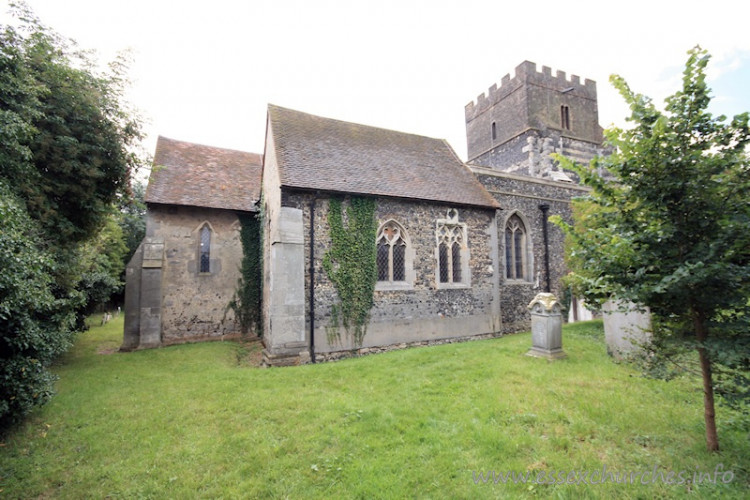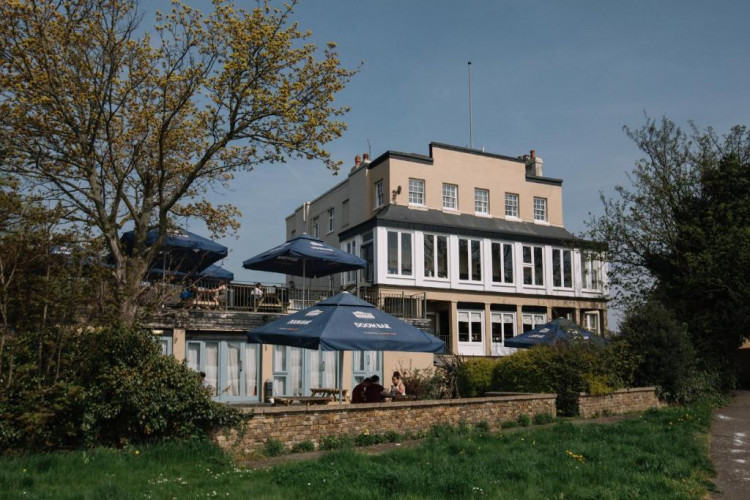By the Thames - a march through time...
By Susan Yates - Nub News contributor 7th Jul 2022
By Susan Yates - Nub News contributor 7th Jul 2022

In her latest occasional column, Susan Yates - the chair of Thurrock Historical Society - reflects on the importance of the Thames in shaping regional hostory and reflects on many of the names associated with it.
_______
THURROCK, by virtue of its very location on the north bank of the River Thames, must have and does have great history.
After all, it is on one of - if not the most - historic rivers in the world.
London our capital is situated on the river and anyone wanting to invade would have to attack via the river so it has great military heritage as witnessed by the forts at Coalhouse Point, Shornemead and Cliffe.
Further along the river we have New Tavern Fort, Gravesend and Tilbury Fort.
It was at Tilbury that Good Queen Bess addressed her troops awaiting the invasion of the Spanish Armada. Although the location is not certain it is believed to have been on the Holford Road in West Tilbury.
There is another royal connection with the river in Thurrock.
The future King Charles I and the Duke of Buckingham travelled in disguise as Thomas and John Smith to Tilbury. On reaching the ferry they had no small change and paid with a gold piece.
This aroused the suspicion of the ferryman who, on arriving in Gravesend, reported his passengers to the authorities. Efforts were made to detain the two passengers at Rochester but they had already passed through and were eventually arrested in Canterbury.
There have been ferries across the Thames since Roman times, if not earlier and it is believed that when they invaded the Romans crossed the Thames somewhere in Thurrock.
Evidence of this is in the Roman tiles used in the construction of St Michael's Church, Aveley. The Romans did not import tiles they made them on site so there had to be some sort of building in Aveley by the Romans.
Regular service fares were laid down in 1559, 1671 and 1770. No boats were allowed to operate until the Gravesend to Lion Quay, London ferry departed.
Obviously there was no Dartford Crossing then. The QE II bridge wasn't begun until 1988 and cost £120,000,000. It was officially opened on 30 October 1991 by the Queen. The Dartford Crossing was not the first tunnel under the Thames this was attempted by Ralph Dodd at Tilbury in 1798 but abandoned as it kept flooding.
There was no M25, no railway, so the Thames was the motorway of its day and the main artery to London.
Most goods were transported by river.

At St Clement's Church in West Thurrock there was a ferry across to Greenhithe.
This was used by pilgrims heading to Canterbury and the shrine of Thomas a Becket.
Passengers would say a prayer for safe crossing at St Clements and imbibe a libation on their arrival at the Sir John Franklin pub where the ferry came ashore. Until recently this pub still had a board showing the ferry charges.
A more recent ferry was run by the Ford Motor Company from their Dagenham plant to Erith and Belvedere, solely for the use of their employees.
The Thames was served by long ferries (those running to and from London) as well as short ferries (those which crossed the river).
A little further along the Thames, opposite Barking Creek is Tripcock Point which was the scene of Britain's worst inland waterway disaster when the paddle steamer SS Princess Alice collided with the SS Bywell Castle on the evening of 3 September 1878. No-one is sure how many were on board but the death toll is believed to have been between 600 and 700.
A public collection was held in which 23,000 paid 6d (2.5p) each to cover the cost of the Celtic cross erected in Woolwich Cemetery in memory of those who lost their lives in the black murky waters of the Thames that night.
Here in Thurrock, on the Thames, we have no. 5 Magazine part of the Royal Gunpowder Magazines and the home of Purfleet Heritage Centre. On the opposite side of the road is the Proofing House. The Royal Gunpowder Magazines at Purfleet were built between 1763 and 1765. It was felt that it was safer to build them away from London.
The magazine buildings were specially constructed to guard against sparks, facilitate ventilation, and limit the damage done in the event of an explosion. Safety practices were also employed.

Nearby is the Royal Hotel. The earliest section of the Royal Hotel is likely to have been constructed in 1883, as the first license for this hotel was issued to Alfred William Tucker in that year. In 1885 Tucker transferred the license to Johann H Groth, and on the official survey plan of 1885, the building is marked as Groth's Hotel.
It was here Bram Stoker, a London Theatre manager, got his idea for Count Dracula. The Royal was famous for its whitebait suppers and attracted many people from London theatre land as a result. It is also here that Charles Parnell, the Irish PM, met Kitty O'Shea the sister-in-law of Sir Thomas Barrett-Lennard of Belhus.
Over many generations the river has provided employment from shipbreaking to Wouldhams Cement works.
As I said before, it was the M25 of its day. Where you have a transport artery you get industry.
I have heard many people say that Thurrock is all industry. Whilst this may have been the case along the river's edge a few decades ago, it is not the same now with so many new homes being built on the river bank.
When mammoths roamed Thurrock the river bank was much further north then than it is now and the river as a result was much wider. It is hard to believe today that these beasts walked where I live and that the marshes covered a greater area.
CHECK OUT OUR Jobs Section HERE!
thurrock vacancies updated hourly!
Click here to see more: thurrock jobs
Share:
















